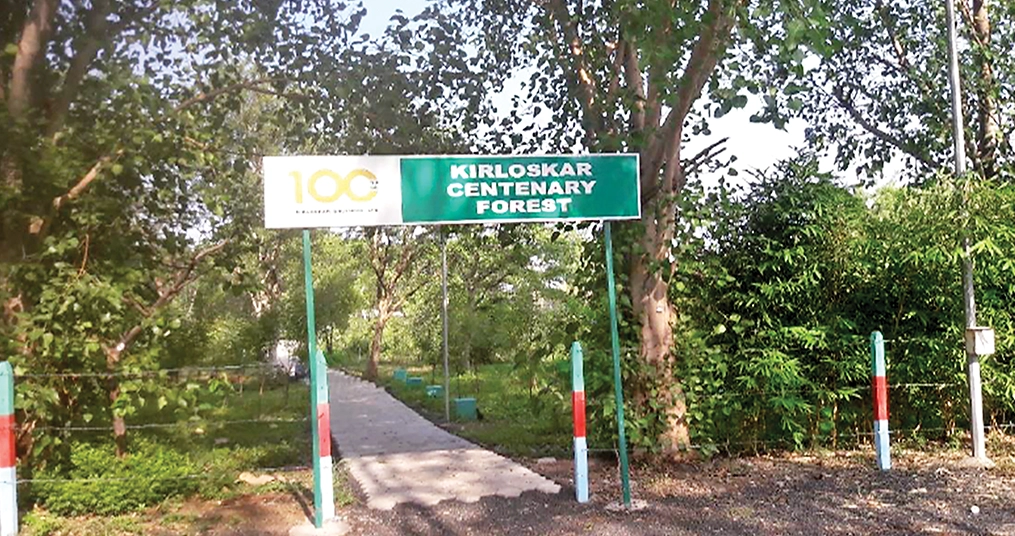KIRLOSKAR BROTHERS LIMITED
Established 1888 A Kirloskar Group Company
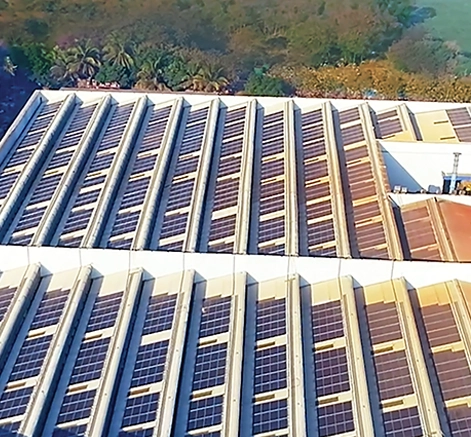
of electricity consumed is generated from renewable sources
Zero Liquid Discharge units
Environment Management System
Energy Management System
Corporate Office
We are fully committed to promoting sustainable development by integrating economic, environmental, and social considerations into its key business imperatives. We prioritise resource efficiency by actively promoting energy efficiency and by embracing the deployment of renewable energy sources. With a strong focus on minimising our ecological footprint, we remain dedicated to implement strategies that contribute to a low-carbon future and positive environmental impact.
Our approach to sustainability centres around implementing environmental stewardship initiatives that effectively minimise our operational impact on biodiversity, natural resources, and air quality. We strongly believe in collaborating with our multiple stakeholders at various levels to advocate the culture of sustainability across the organisation.
Our constant focus remains on efficient utilisation of energy resources for sustainable development of products and environment protection. Some of these key initiatives were:
We are encouraging our suppliers to adopt the below steps to enable green procurement:
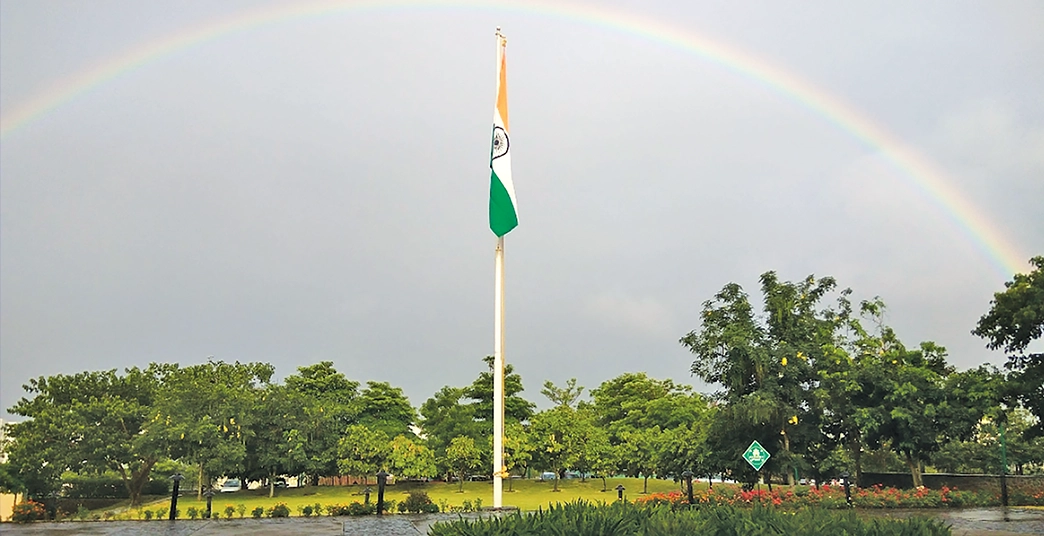
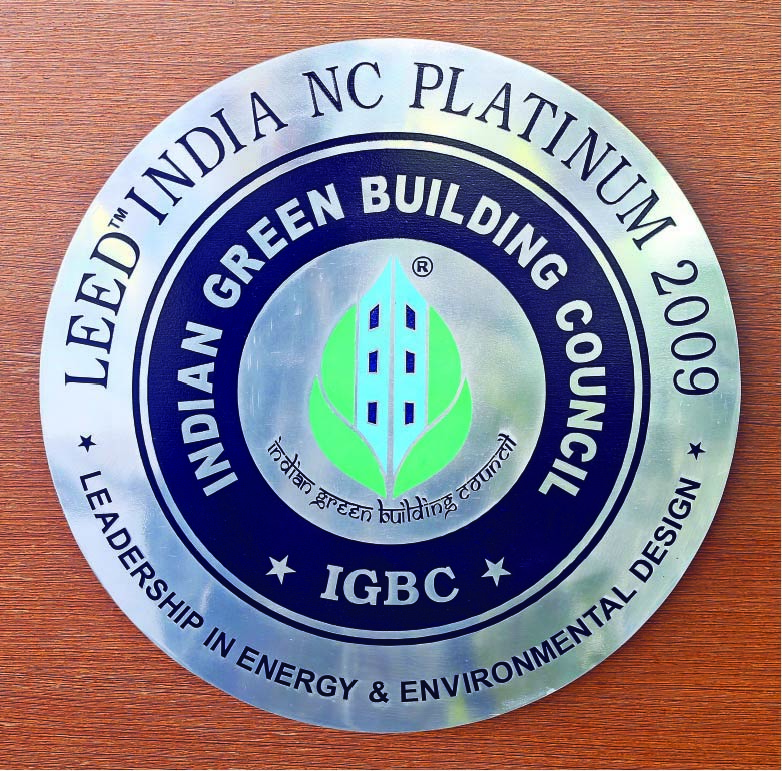
To ensure efficient utilisation of resources and drive continuous improvement, we closely monitor and evaluate significant environmental factors within our organisation. These factors include our greenhouse gas (GHG) emissions (both Scope 1 and Scope 2), energy consumption, water consumption, material consumption, and waste production. In our commitment to sustainability, we have initiated a variety of green initiatives, and by proactively implementing these, we strive to minimise our environmental impact and promote a more sustainable future for the Company.
Our planned approach to Green Manufacturing
To enhance operational efficiency
To minimise environmental impact
To reduce energy costs
The successful implementation of various energy efficiency initiatives has significantly contributed to improved operational efficiency and reduced carbon emissions. These initiatives encompass the adoption of advanced technologies, process optimisation, and the implementation of employee engagement programs to foster a culture of sustainability.
We are dedicated to promote widespread deployment of renewable energy in our operations and support the global transition towards a sustainable future. With an unwavering commitment towards combating climate change, we remain focussed on transforming the energy landscape. By making use of innovative technologies and strategic partnerships, we aim to harness the power of renewable sources, such as solar energy.
Share of Renewable Energy, Scope 1 and Scope 2 (KBL)
Share of Renewable Energy, Scope 1 and Scope 2 (Subsidiaries and Associate Companies)
We adopt a strategic approach to energy management, continually recognising the importance of efficient energy utilisation in achieving our business goals. We have developed and implemented a comprehensive energy management strategy to optimise the energy resources throughout the organisation. This strategic outlook drives us to continually explore further innovative technologies and collaborate with our stakeholders to achieve long-term energy sustainability objectives.
Comprehensive Energy Management Strategy: Key Elements
Conducting regular energy audits to identify areas for enhancement
Implementing energy saving measures
Setting clear targets
Energy Consumption – KBL
Carbon Footprint Study
A comprehensive carbon footprint study has been initiated for products manufactured at Kirloskarvadi plant, seeking to identify areas for improvement and emissions reduction. Some of the key sustainable practices adopted include the widespread use of solar water heaters, solar streetlights, daylight tubes, natural ventilation, and Piped Natural Gas (PNG). Through these initiatives, we are actively pursuing our commitment to sustainable operations, energy efficiency and emission reduction.
KBL, has designed an energy recovery system at the Hydraulic Research Centre in Kirloskarvadi to recover part of the energy that is consumed by pumps in their testing phase. The system will increase the share of renewable energy used and thereby strengthen KBL’s effort in conserving the environment.
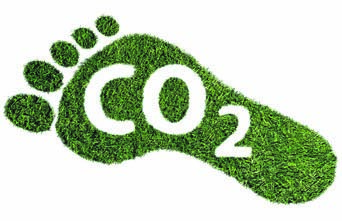
Emissions Management
We employ a comprehensive and forward-thinking strategy for reducing and managing our carbon emissions. Through the strategies on mitigation, efficiency, and innovation, we actively manage and reduce emissions, combat climate change and build a sustainable future.
Firstly, we prioritise mitigation by actively procuring renewable energy sources. We work towards identifying opportunities for integrating solar, biogas, and other clean energy solutions into our operations, reducing our reliance on fossil fuels and lowering our carbon footprint.
Secondly, we emphasise efficiency across our operations. By implementing energy-efficient practices and technologies, we help optimise energy consumption and reduce emissions at every process.
Finally, we foster a culture of innovation by continuously exploring and investing in cutting-edge technologies that have the potential to revamp energy consumption.
Emissions Management (KBL)
Emissions Management (Subsidiaries and Associate Companies)
Recycled Metal (KBL)
Recycled Metal (Subsidiaries and Associate Companies)
KBL employs a robust water management strategy that revolves around the principles of conservation, reuse, and recycling. By prioritising water conservation, reuse, and recycling, the Company demonstrates its commitment to sustainable water management practices and contributes to the preservation and responsible use of this vital resource.
A strong emphasis on responsible water usage:
Key Process Improvements
Withdrawal, Consumption and Discharge of Water
Water consumption by KBL and Subsidiaries (in m3)
Water Consumed and Recycled (KBL)
Water Consumed and Recycled (Subsidiaries and Associate Companies)
We prioritise waste management by embracing the principles of a circular economy and placing a strong emphasis on recycling. We reduce the environmental impact and contribute towards a more sustainable future by actively participating in the recycling process.
Key steps towards waste management:
Hazardous and Non-hazardous waste (KBL)
Hazardous and Non-hazardous waste
(Subsidiaries and Associate Companies)
At the Dewas plant, the “Kirloskar Centenary Forest” has been established using the Miyawaki afforestation concept. This not only contributed towards reducing carbon footprint, it also fostered biodiversity, enriching the environment and benefiting the society as a whole.
